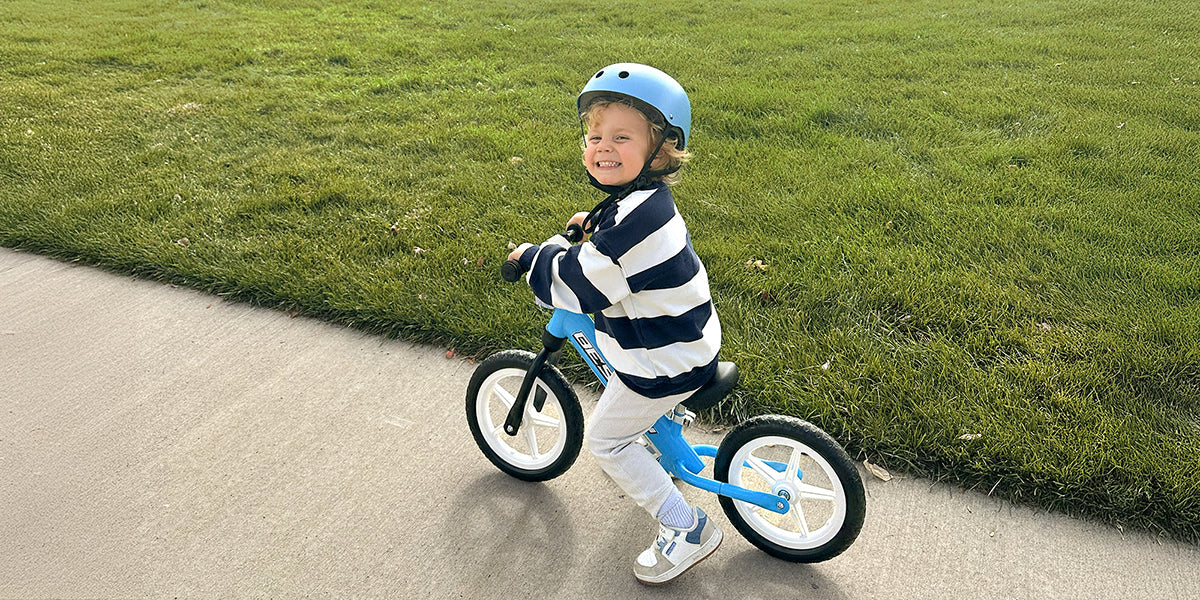Besrey - Oct 27 2025
Embracing the Uniqueness of Autistic Children and Supporting Their Growth

Parenting an autistic child is not something you can prepare for. You just have to learn as you go. Some days make perfect sense. Others feel like you are decoding a language you do not yet speak. Over time, you start to see how your child experiences the world in ways that are both surprising and beautiful.
Understanding Autism in Daily Life
Every autistic child is different. Some crave order and sameness. Others are explorers, drawn to color, sound, and movement. A few need extra time to find words, while others tell long, detailed stories. Once you stop comparing and start observing, patterns begin to appear. You notice what brings calm, what causes stress, and how your child communicates best.
Autism is often described in charts and studies, but real life looks nothing like that. It is about how mornings go, how school feels, and how much energy a single outing can take. Seeing your child’s world through their eyes changes everything about how you parent.
Building a Supportive Home
Home is where safety begins. For many autistic children, the environment matters as much as the routine. Lights that are too bright or sounds that echo can make simple moments harder than they need to be. Soft lighting, quiet spaces, and predictable schedules help your child focus on learning instead of managing discomfort.
Share what works with teachers and family. When everyone understands what your child needs to feel comfortable, the day runs smoother. Small consistencies between home and school create trust and make transitions easier.
Encouraging Strengths and Interests
Most autistic children develop strong interests early on. Trains, insects, music, weather, numbers—each passion tells you something about how their mind works. These interests are not distractions. They are entry points for connection. When you join in, even for a few minutes, you show that what they love matters. That validation builds confidence and opens the door to learning new skills through something that already feels safe.
Supporting Social and Emotional Growth
Social settings can be exhausting for some autistic children. It helps to take small steps. Let them play near other children before asking them to join in. Give them breaks when they need space. Praise effort instead of outcome.
Emotional growth follows the same rhythm. Help your child recognize what calm feels like and what overwhelm feels like. Over time, they learn how to ask for quiet, how to take a break, and how to return when ready. These small self-awareness moments build independence.
Celebrating Every Kind of Progress
Progress rarely happens in leaps. It comes in moments so small you might miss them if you blink. Maybe your child tried a new texture, sat through a haircut, or stayed in a crowded room without covering their ears. Those moments matter. They mean your child feels safe enough to stretch.
Celebrate every step. It tells your child that growth is not about being perfect. It is about being brave enough to try again tomorrow.
Taking Care of Yourself
Caring for an autistic child takes patience, creativity, and energy. It is okay to admit that it can also be tiring. Finding other parents who understand helps more than anything. Talk with people who get it. Laugh when you can. Rest when you need to. When you are cared for, you show up with more patience and perspective.
Growing Together
Every child teaches their parent something new. An autistic child teaches you to notice details, to slow down, and to appreciate progress. Supporting your child’s growth is not about fixing them. It is about walking beside them as they learn, adapt, and thrive in their own way.
When you start to see their differences as strengths, the whole world feels a little wider, and a lot more full of possibility.









